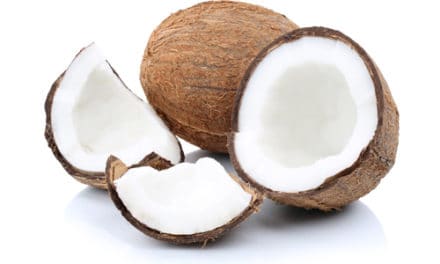By Nicole Staniger CPM, LM
If you have read my past articles, you know that I am no friend of the “Expert-driven” food economy that we have in America. But, the reality is that most of us have a hundred voices in our heads telling us to be wary of Gluten, sugar is bad for us, some fats are good, and if we eat fortified foods, we may get the minerals and nutrients that our body needs to be healthy. Since the various experts don’t agree, we end up being confused and removed from our food sources. In this capitalized confusion and exploitation, food labeling has become cryptic, meaningless, and at times, absurd. By way of example, there is a brand of water, “Premium Water”, labeled as being Gluten Free (GF), free of GMOs, certified kosher and organic (assumedly these absurd descriptions justify a higher price tag).
Since this is the food culture we find ourselves in, let’s define what the labeling catch-phrases mean so that we can 1) have a good laugh next time we go shopping and 2) shop more smartly.
Organic: this word is regulated and defined by the USDA and includes products that are
produced without genetic engineering (non-GMO), with “methods [which] integrate cultural, biological, and mechanical practices that foster cycling of resources, promote ecological balance, and conserve biodiversity.” It also means you’ll pay 10-40% more than their conventional counterparts, so with produce, stick to the “Dirty Dozen/Clean 15” list. For packaged processed foods, there may be some benefit to buying Organic, but probably not as much as you think because it’s still processed and likely contains a lot of corporation-concocted foods.
non-GMO (Genetically-Modified Organism): the majority of the foods in our stores are not GMO, but it is a buzz-term. It is a conflicted title because farmers for thousands of years have used selective breeding as an effective way to speed up a plant’s natural micro-evolution and adaptation to certain environmental stressors or needs. The same has historically been an ethical part of animal husbandry. However, as with most things in our food chain, when this is performed by corporations, problems arise. The big crops that are using GMOs are soy and corn, which are used in a lot of processed foods. So, if you’re steering clear of processed foods, this won’t be much of an issue for you.
Natural: this means nothing and can be disregarded as pure gimmick. Diet Pepsi could put
“All-Natural” on their label…
Grass-Fed: I’d probably prioritize this one with regards to beef, so if you’re on a tight budget, buy conventional produce and put your dollars towards quality-sourced meat. Commerciallygrown cattle mature at twice the rate of grass-fed ones and are living in putrid, muddy, diseased, crammed lots without a scrap of green anywhere near them, eating out of troughs of soybean meal, corn, and other GMO and rancid grains. That said, the labeling “Grass-fed” only means that the cows were fed on grass for some point in their lives. The meat can be labeled grassfed even if they were fed mostly grain and let out to pasture once or occasionally. So, it is worth the extra trip to find a local small butcher who knows where his cows came from. If you can’t find that, the “American Grassfed” label means that that the cattle were exclusively fed on grass.
Eggs/Poultry: Free Range requires that chickens spend some of their time outside, but there’s no designation beyond that. Cage-free does not even require outdoor space at all, so most cage-free birds live in a barn without a cage and may still be crammed. Free-range, Cage-free poultry or eggs do not denote any dietary superiority, so they can still be fed conventional feed with antibiotics. So, if you can’t have a chicken or two in your backyard or find someone in your town who sells fresh eggs/chickens, you’ll want to splurge for Organic Free Range.
Local: in a lot of cases, I think shopping from local producers to be more important than buying
organic anything – so ask around and find/create/tap into a community of folks who are sourcing quality local food.
As always, happy healthy eating to you and yours!











